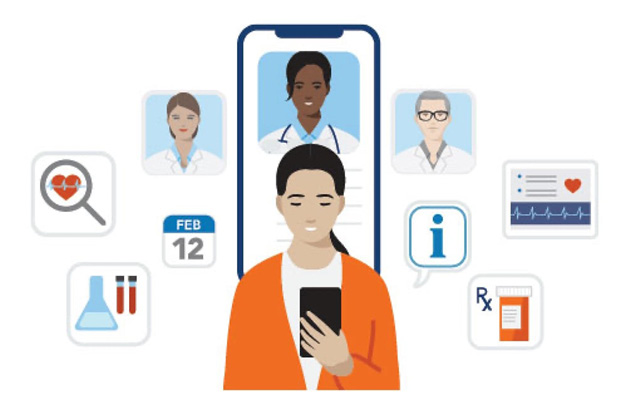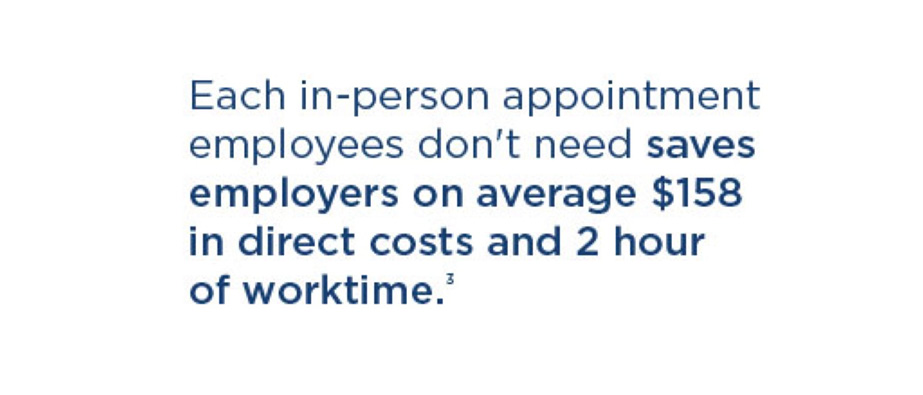
Telehealth has quickly become one of our nation’s most essential health care services — a safe and low-cost way to access care.
Millions of users have now experienced and embraced what telehealth has to offer. Many won’t go back to traditional ways of getting care, including your employees. To meet the evolving preferences of your workforce, you should offer a health plan with connected virtual care options.









